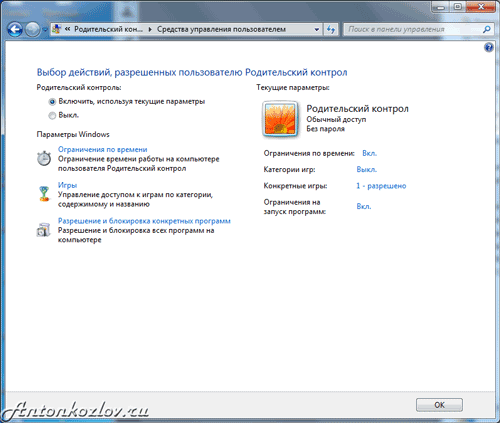Kak Udalitj Time Boss S Kompjyutera

Lyrics for Dazhe Esli Ty Uydesh by Sergey Lazarev. Kak mne eto ponyat', chem bol' unyat' Plachet dusha gor'kim yadom V serdtse slovno nozhi. Jul 1, 2016 - Here is what happened to one Linux user: An Ubuntu command bricked my system? You can then delete the partitions with a suitable tool.
DO NOT RUN sudo rm -rf / --no-preserve-root on systems with systemd When running the command on a UEFI computer (2012 or newer) you are deleting all the UEFI firmware variables which can cause your PC to be bricked and cannot be repaired without a motherboard replacement on some devices. Here is what happened to one Linux user: So don't try what the other answers talking about rm -rf / say since it only works on legacy BIOS machines. I am typing this from a UEFI laptop which can also be bricked by the command. Proper Method for UEFI devices. Boot an Ubuntu Live USB / CD and open GParted. Then delete all the partitions and click apply. Please note that after this, most of your data can still be recovered easily using professional tools.
Proper Method for UEFI devices if you have private data As @ByteCommander says, download, burn the ISO to a disc / USB and tell it to erase the disk After performing this, all data is irreversibly gone! I guess you want to sell your computer. In that case it would be the best to securely wipe the entire disk to prevent that anybody can recover any of your personal files later. The best tool for this is. Download the.iso image and burn it to a CD or flash drive. Then boot your computer from it and let it erase the whole hard disk. Depending on the option you chose, the erasure will be more or less secure, but take longer.
Unless you have really private data on that disk, a quick pass should be enough. Please note that erasing a hard disk this way will irreversibly destroy all data on it, there's no way it can be recovered. Use with caution! Yes, running sudo rm -rf / --no-preserve-root and if you have, leaving only an expensive paperweight, the bootloader (GRUB) and an empty partition. Note that this will not securely erase data! Files deleted in this way can still be.

To securely erase the contents of the disk, leaving your computer without any trace of Ubuntu or your files, boot from a Linux / Ubuntu live DVD / USB, and run sudo dd if=/dev/zero of=/dev/sda bs=4M which will securely erase data. Lyuchiya kapachione vernyom sebe vnutrennego rebyonka knigu. Make sure that /dev/sda is the main hard drive in the computer - you can check with lsblk. You can also use DBAN, which might be easier to use - see. Boot into a livecd. Take note of the device names of your old system install, and unmount the drives if automounted. I'd use lsblk to check, and umount to unmount.